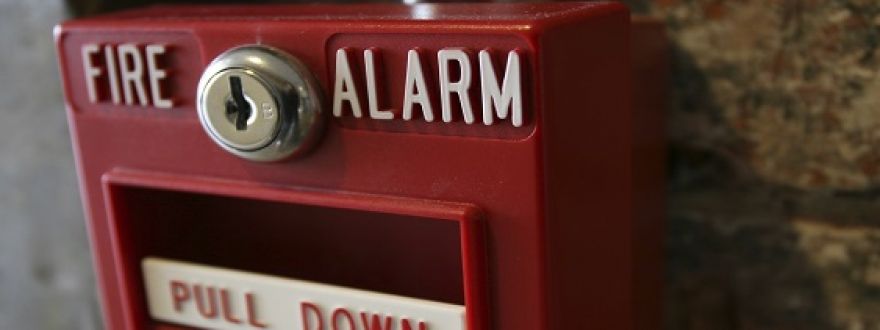
When it comes to insurance for the real estate industry, the largest exposure you face is the property. Underwriters that evaluate new risks are doing their due diligence to make sure they’re working with a company that values proper maintenance, risk transference, etc. More importantly, they are looking at the construction types of your buildings. This directly affects your premiums. The stronger the building material, the better the rate you’ll typically see.
There are 6 different classes of construction that underwriters use.
- Frame
- Joisted Masonry
- Non-Cumbustible
- Masonry Non-Combustible
- Modified Fire Resistive
- Fire Resistive
Insurance Services Office Inc. (ISO) grades buildings based on what would happen with your properties in the event of a loss. For example, if you have a building that’s “frame” construction you’ll typically see a higher rate than “masonry” or a “fire resistive” building. The chances of the structure remaining intact after a fire are much less than a fire resistive building. Here are the 6 classes of construction summarized.
ISO Class 1- Frame
- Buildings with exterior walls, floors and roofs of combustible material – typically wood. Masonry veneer (brick-face) or metal clad don’t change the construction class.
- Frame is easy to build and economical, but burns quickly and easily. It has concealed spaces where fire can continue.
- Least desirable class for underwriters.
- Examples: Habitational 3-4 stories max.
ISO Class 2- Joisted Masonry
- Buildings with exterior walls of masonry or fire-resistive construction rated for not less than one hour and with combustible floors and roofs. This typically includes block constructed buildings and can include heavy timber buildings.
- Harder to ignite, and burns at a slower rate. There are fewer concealed spaces than frame construction and a higher rebuild rate based on less damage.
- Examples: Habitational, small office or retail. 3-4 stories max.
ISO Class 3- Non-Combustible
- Buildings with exterior walls, floors and roofs of noncombustible or slow-burning materials.
- Easy to erect, economical to build and uses materials that don’t easily burn.
- Typically steel construction. Can easily lose strength under high temperatures, typically seen in fires.
- Examples: Warehouses and manufacturing facilities.
ISO Class 4- Masonry Non-Combustible
- Buildings with walls made of masonry, consisting of concrete block, reinforced masonry and can be combined with steel framing.
- Roof construction is typically made of heavy steel.
- No wood framing in the roof which helps keep the structure standing in a large loss. Walls are a minimum of 1 hour fire resistive.
- Examples: Shopping centers, office buildings, warehouses and schools.
ISO Class 5- Modified Fire Resistive
- Building construction consists of fire resistive materials such as masonry and protected steel materials not less than 4” thick.
- Fire resistive less than 2 hours, but greater than 1 hour.
- Roofing deck is heavy steel frame with concrete poured on steel deck or pre-poured concrete.
- Examples: High and mid-rise office buildings, apartments and condo buildings.
ISO Class 6- Fire Resistive
- Fire resistive for not less than 2 hours for walls, floors and roofs.
- Typical wall construction is masonry at a minimum of 4 inches thick, hollow masonry is a minimum of 8 inches thick.
- Floors and roofs are a minimum of 4 inches thick and fire resistant a minimum of 2 hours.
- Reinforced concrete of frame or steel are well protected and are also a minimum of 4 inches thick for walls, roof and floors.
- Examples: High-rise office buildings, condos and parking garages.
When building new properties or acquiring properties, it’s important to keep in mind how they’ll be rated and if it will fit within an insurance carrier's underwriting guidelines.



